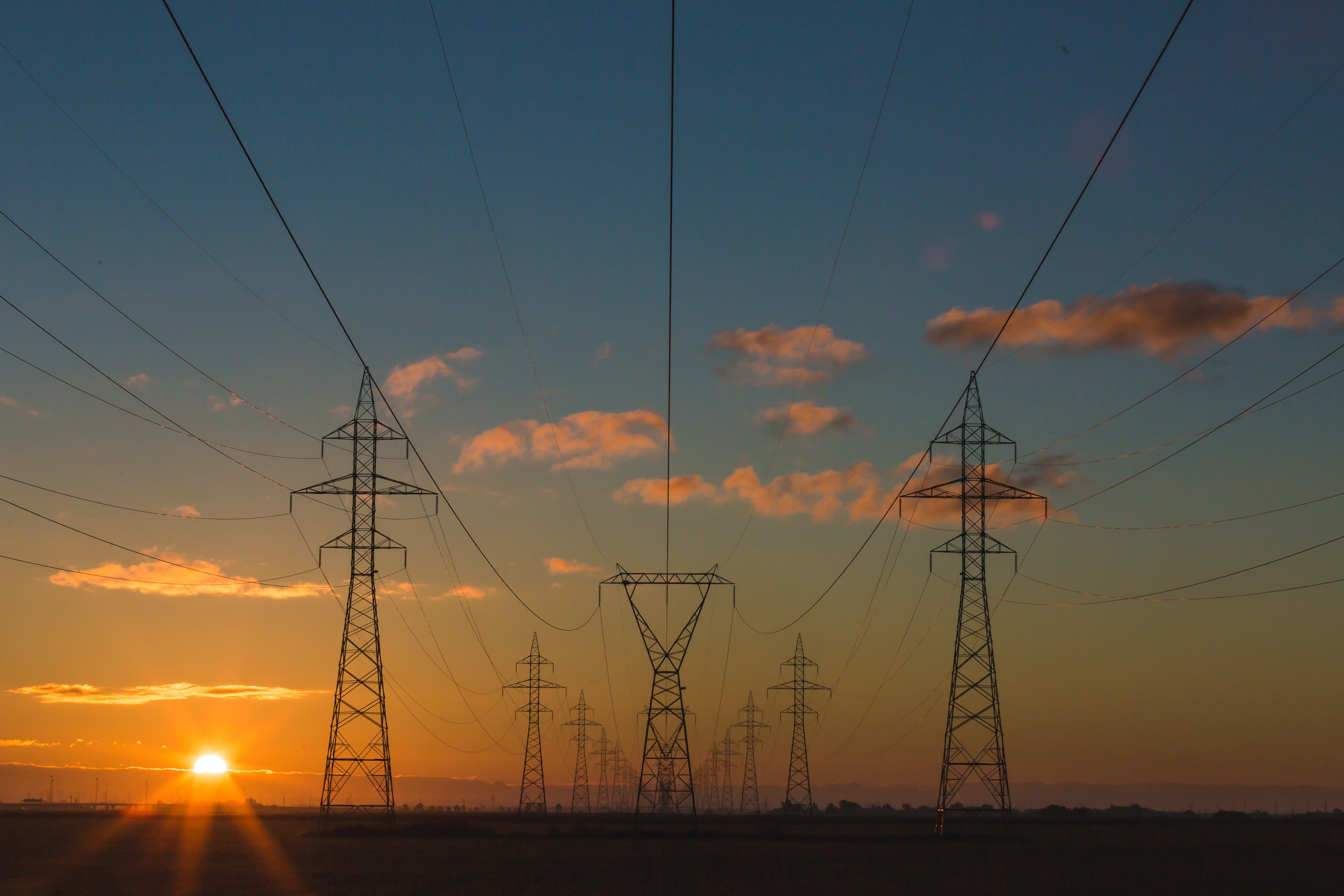In October 2021, the report “Energy Futures 2050” by RTE, the French electricity transmission system operator, estimated that the safest and most affordable scenarios for achieving carbon neutrality in 30 years’ time would involve the massive development of wind and solar power, the extension of part of the existing nuclear fleet and the construction of 8 to 14 EPR reactors. Two months later, the European Commission paved the way for such a perspective with a circular on “green” taxonomy (classification of economic activities according to their potential contribution to the environmental objectives defined by the EU), including gas and… nuclear power among the transition energies.
In the wake of this, after announcing in November 2021 his intention to launch the construction of new reactors in France – a first since the construction of the Flamanville EPR was launched in 2007 – French President Emmanuel Macron detailed on February 10 new measures signing the return to grace of nuclear power.

And nuclear power became a “green” energy
The announcement comes as pressure to achieve a zero-carbon target continues to grow. The International Energy Agency (IEA) and the Intergovernmental Panel on Climate Change (IPCC) all agree on one thing: to reduce our greenhouse gas emissions, we need to electrify our homes and industry. And to increase the share of electricity in our energy mix, we need to increase all sources of decarbonized electricity production.
Assuming that renewable energies will not be able to meet these growing needs in the short or medium term, not to mention the fact that storage technologies are not sufficiently developed, many believe that nuclear power will be the essential complement to the deployment of renewables. The delegated act adopted by the European Commission on February 2, 2022 includes nuclear power among the energies that contribute to climate change mitigation, provided that new constructions include guarantees for the treatment of nuclear waste and the decommissioning of facilities.
Many countries interested in nuclear power
Some countries have resolutely adopted this path. France, for example, is planning to build 14 new EPRs by 2050 and to renovate its existing reactors to extend them beyond 50 years. But also Japan. The country, where the Fukushima disaster occurred in 2011, now says that nuclear power must be part of its “energy mix” if it wants to become “carbon neutral” by 2050. The country has already restarted half of its 35 nuclear power plants.
Faced with soaring energy prices and the question of their energy security, several Eastern European countries such as Poland, still heavily dependent on coal and gas, are also turning to nuclear power. Great Britain, Russia and India have also planned the construction or reactivation of power plants. But it is China that has set the highest targets in this area: of the 59 reactors whose construction has started since Fukushima, 28 are Chinese.
On the other hand, some countries have chosen to get out of nuclear power. The forerunners in this area were Austria (1978), Sweden (1980) and Italy (1987). Belgium also decided to do without in 1999, followed by Germany and Switzerland in 2011. However, such a choice requires a transitional adaptation of the electricity production system. Germany, for example, which has committed to using 80% of its electricity from renewable sources by 2030, must in the meantime make massive use of its gas and coal-fired power plants.
As for the countries that are most advanced on the road to 100% renewable energy, although they are not numerous, their number is constantly increasing. Iceland, Norway, Scotland, Paraguay and Costa Rica are undoubtedly the best in the class, with all or almost all of their electricity coming from renewable energy. Others are on the right track, such as Sweden and Uruguay, where fossil fuels account for less than 30% of their electricity production.
From 4th generation reactors to nuclear fusion reactors?
This renewed interest in nuclear power can be based on proven technologies such as pressurized water reactors (PWRs), which account for 55% of installations worldwide. The EPR or European Pressurized Water Reactor is a new generation pressurized water reactor concept. There are currently 3 EPR reactors in operation in the world (2 in China and 1 in Finland). Three others are under construction (1 in France and 2 in the United Kingdom). The EPR is supposed to prepare for the technological breakthrough that the fourth generation fast neutron reactors or “fast breeder” reactors should represent.
Launched in 2010, the French ASTRID project, which was to lead to the construction of a sodium-cooled fast reactor (RNR-Na) in the tradition of Superphénix in the 1980s, was abandoned in 2019. This technology makes it possible to exploit almost the entire energy potential of uranium and to recycle the plutonium extracted from spent fuel. With two reactors of this type, Russia, the leader in this technology, is pursuing its program by building a new, more powerful reactor planned for around 2035. China commissioned an experimental fast neutron reactor in 2011 and is aiming to build a reactor by the 2030s. Finally, the United States has announced the construction of a fast neutron research reactor for 2026.
Another development avenue is small modular reactors (SMRs). These are much less powerful than the EPRs, but much more manageable. The idea is to target new markets (states, cities, industries, etc.) that until now have been unable to acquire large power plants. More than seventy third or fourth generation projects are underway worldwide, including one in France (Nuward). But to date, the only operational SMR is Russian.
In addition to technologies under development, such as helium-cooled very high temperature reactors (VHTRs), supercritical water reactors (SCWRs) and molten salt reactors, other research avenues are emerging in the longer term, such as particle accelerator-driven reactors, which are considered to be more efficient and safer.
Even more prospectively, nuclear fusion, rather than the fission used by all reactors up to now, holds out the promise of “infinite” clean energy, but not before… 2050. The international ITER reactor, currently under construction in the Bouches-du-Rhône region of France, aims first to demonstrate the ability to generate energy through nuclear fusion,
before any prospect of commercial application. However, in September 2021, the Massachusetts Institute of Technology (MIT) in the United States took a decisive step in this field by succeeding in confining the plasma in fusion and producing more energy than it consumes. This achievement could significantly shorten the time to market for a fusion reactor. The deadline of the beginning of 2030 is now mentioned.
A hypothetical cost
The question of financing remains. In France, the future nuclear reactors promised by Emmanuel Macron should cost a total of between 46 billion and 64 billion euros. The price of the 6 to 14 future third-generation reactors planned by 2050 is still hypothetical. The President mentioned “massive public financing of several tens of billions of euros”.
Public control of the program may be necessary, given the time required to build a new reactor, which is estimated to take about 15 years. In its report, RTE considers that the most nuclearized scenarios “can lead, in the long term, to lower costs for the community than a 100% renewable scenario”. An opinion that is not shared by opponents of nuclear power, who expect a sharp drop in the cost of solar and wind power.
The controversy is also strong regarding the management and cost of nuclear waste. In 2019, the Court of Auditors expressed concern about the financial burden of the Industrial Center for Geological Storage (Cigéo) project, designed to confine the most dangerous French nuclear waste in the subsoil of the town of Bure in the Meuse. The various estimates range from 19 to 34 billion euros.
The bet of the start-ups
However, these financing issues do not seem to put off some private investors, such as Bill Gates, who is developing Natrium, a small fourth-generation molten salt reactor via his start-up TerraPower, which could be marketed by 2030. In France, Naarea is developing a molten salt reactor, a cutting-edge nuclear technology known as “fourth generation”. The start-up Jimmy aims to accelerate the decarbonization of industry by offering thermal generators using atomic energy and installed near industrial sites. The arrival of these start-ups could accelerate the market launch of certain technologies, particularly those related to small modular reactors.
See our RADAR of innovative start-ups
Innovation, particularly in new technologies such as fusion, suggests that the future of nuclear energy may not be limited to a simple transition to carbon neutrality.
This article was published as part of the Leonard newsletter. Subscribe to receive future ones by following this link.

